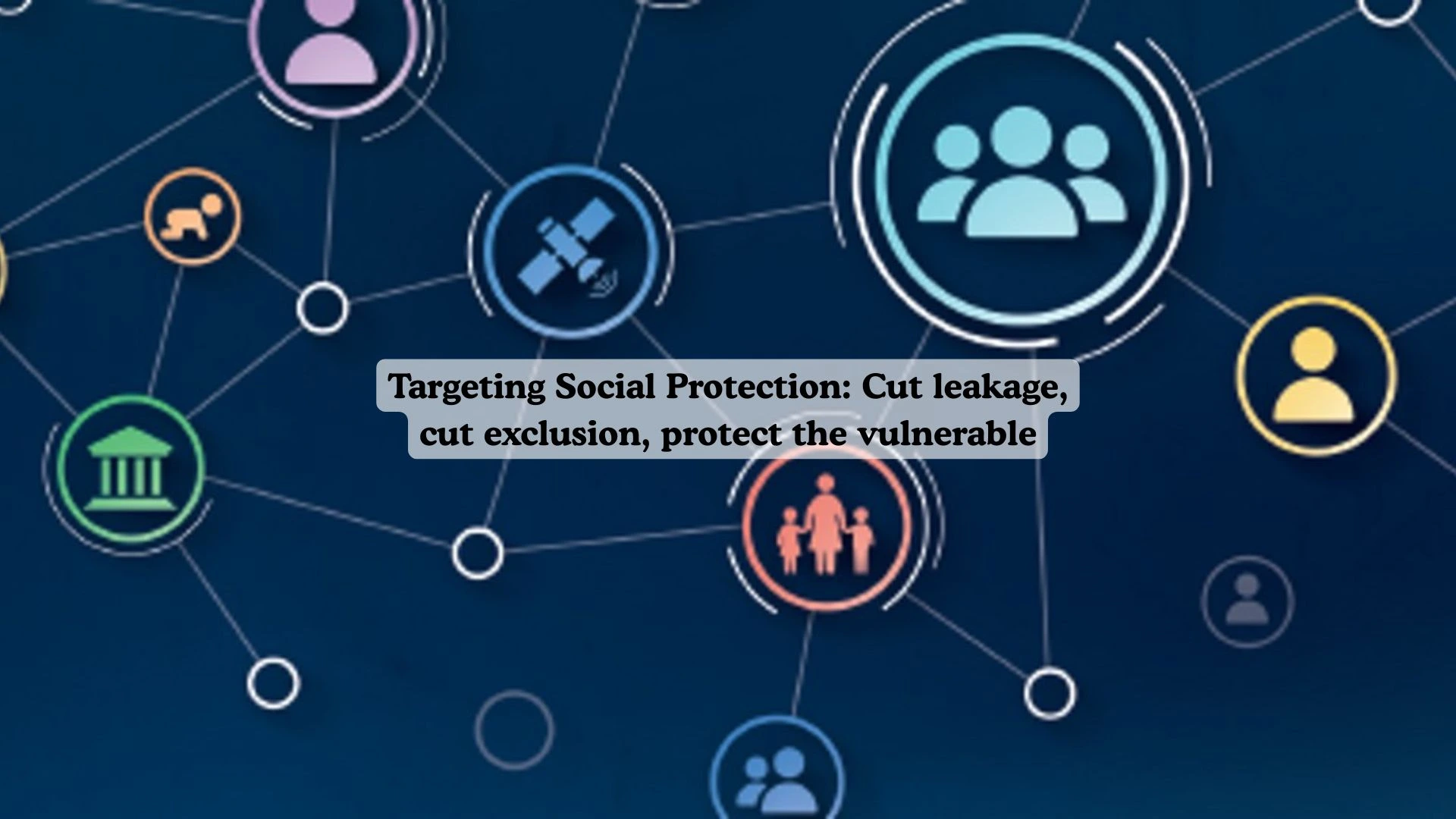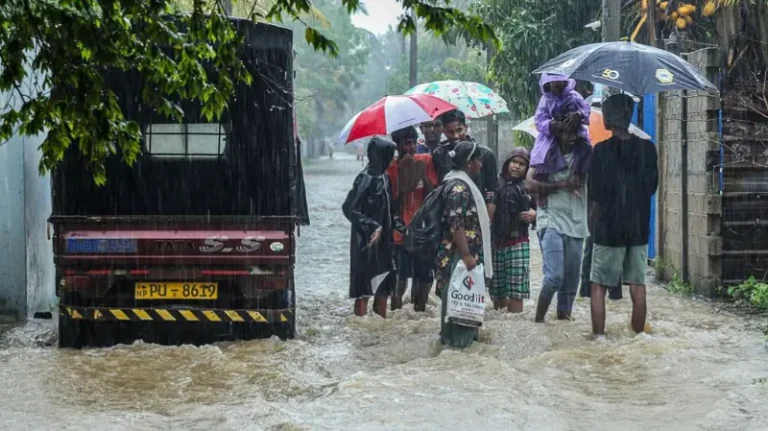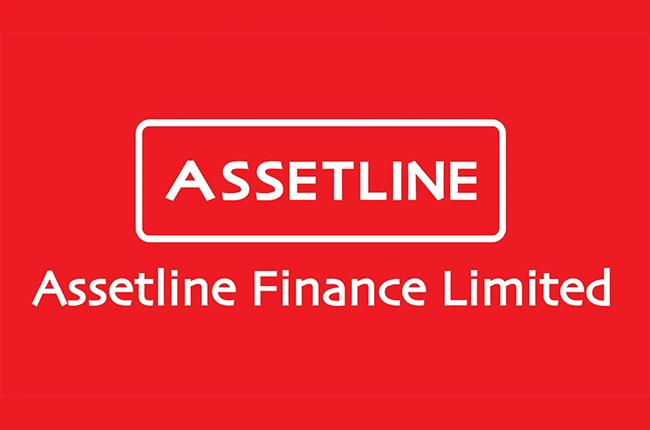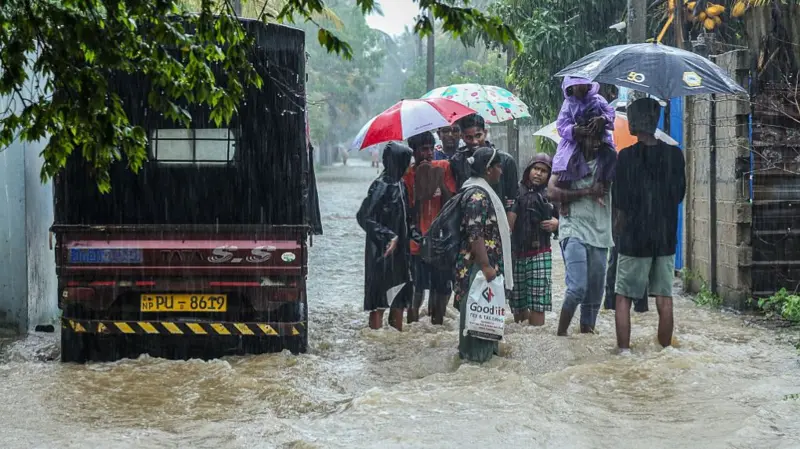Sri Lanka cannot afford waste in social protection. Transfers must reach poor and near-poor households on time, with minimal leakage to the non-poor and minimal exclusion of eligible families. The goal is simple: pay the right people, quickly and predictably, while preserving dignity and privacy.
The problem, stated plainly
Two errors dominate weak systems. Leakage: benefits flow to non-poor households. Exclusion: eligible households are left out. When both are high, programmes spend more yet under-protect the vulnerable. Administrative opacity, outdated beneficiary lists, and political influence worsen both errors. Irregular payment schedules further blunt impact because households cannot plan.
What good targeting social protection looks like
Effective systems combine three elements.
- Reliable identification. Use a transparent, rules-based eligibility engine. Input a small set of high-signal indicators: household size and composition, disability status, recent employment shocks, assets, verified income or proxies, and location risk. Keep the model simple enough to explain.
- Modern registries. Maintain a national Social Registry linked to unique IDs. Update continuously, not every few years. Capture births, deaths, migration, and shocks. Log every change with time stamps and user roles.
- Clean payments. Pay digitally to bank accounts or mobile wallets with zero-fee cash-out corridors. Publish a fixed monthly schedule. Send SMS receipts. Provide offline tokens for areas with weak connectivity.
Inclusion first, then precision
Start with broad inclusion in districts with high deprivation. Let households self-apply at GN offices, hospitals, schools, and mobile units. Default the primary recipient to a woman in the household. Build in a fast grievance route. Only after stabilising coverage do you tighten eligibility to reduce leakage. This sequence protects families during transition and maintains trust.
How to measure success
Track seven metrics quarterly and publish them.
- Coverage: share of poor and near-poor receiving transfers.
- Leakage: share of benefits paid to non-poor.
- Exclusion: eligible households not paid.
- Timeliness: share of payments made on schedule.
- Cost-effectiveness: admin cost per rupee delivered.
- Grievances: volume, resolution time, and reversal rates.
- Gender: share of female primary recipients and any shifts in spending on food, schooling, and health.
The illustrative chart below shows the direction a reform should target: rising coverage with falling leakage and exclusion over time.
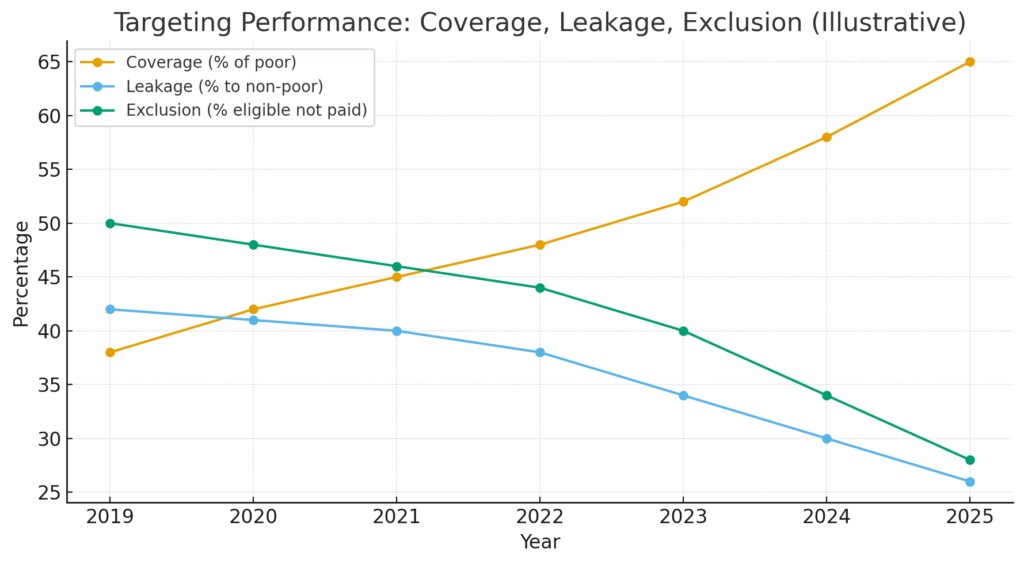
Shock readiness
Sri Lanka faces floods, droughts, and price spikes. Build parametric triggers into the eligibility engine. When rainfall thresholds, reservoir levels, or inflation bands are breached, unlock a shock top-up to pre-approved lists in affected GN divisions. Use the same payment rails. Publish activation and deactivation rules in advance.
Governance that resists capture
Create an Independent Targeting Unit to maintain the eligibility rules and the model. Publish the variables, weights, and fairness tests. Record every manual override with a reason code and reviewer ID. Open an audit API for the Auditor General and an academic partner. Release anonymised, privacy-safe microdata for external evaluation.
Privacy by design
Collect only what is necessary. Use consent prompts at enrolment. Restrict access by role. Log reads and edits. Encrypt at rest and in transit. Never publish household-level data. Release only aggregated indicators at GN or DS level with differential privacy where needed.
A 12-month implementation path
0–90 days:
- Publish current eligibility rules and appeal steps in Sinhala, Tamil, and English.
- Fix the payment calendar to one day per month.
- Stand up a toll-free hotline and WhatsApp grievance channel.
- Run random audits on 2% of the roll and report findings.
3–6 months:
- Build a minimal Social Registry that ingests civil registration, existing programme lists, and new applications.
- Pilot a hybrid targeting model in two districts.
- Default female recipients. Negotiate zero-fee cash-out with banks and agents.
- Train front-line case workers and GN officers on enrolment and grievance handling.
6–12 months:
- Expand the pilot, refine the eligibility weights, and lock the grievance SLA at 15 working days.
- Launch a public dashboard with coverage, leakage, exclusion, and timeliness by district.
- Add shock-response triggers tied to disaster and price data.
Costing and fiscal realism
Targeting costs money but saves more. Keep administrative spend below a clear cap per rupee delivered. Retire duplicative schemes where objectives overlap. Channel donors into the shared rails: the registry, payment system, grievance portal, and data stack. These public goods reduce long-run costs across programmes.
Risks and how to contain them
- Political interference: publish rules, log overrides, seat civil society on an oversight board.
- Digital exclusion: provide assisted enrolment, offline tokens, and agent networks.
- Model bias: test for disparate impact by gender, disability, region. Adjust weights, not households.
- Data breaches: adopt strict access controls and penalties; drill response plans.
What beneficiaries experience
A short form. One point of contact. A clear Yes/No with reasons. A predictable payday. A simple appeal path. No unofficial fees. That is dignity in practice.

